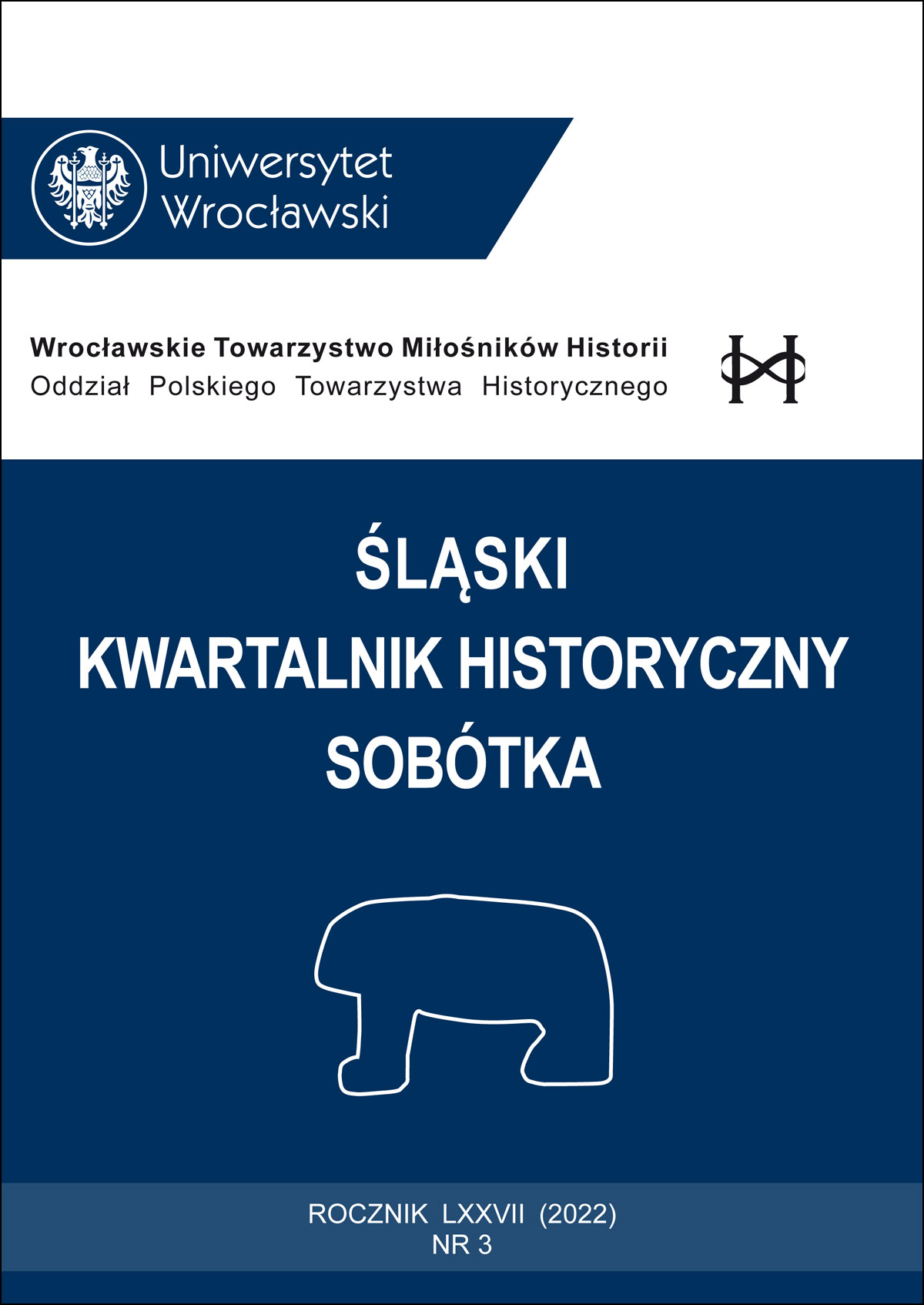Powstanie i funkcjonowanie Bogatyńskiej Kolei Dojazdowej w konsekwencji zmiany granic po II wojnie światowej
Building and functioning of Bogatynia Local Railway in consequence of border changes following World War II
Author(s): Paweł JakuboszczakSubject(s): Local History / Microhistory, WW II and following years (1940 - 1949), Post-War period (1950 - 1989)
Published by: Wydawnictwo Uniwersytetu Wrocławskiego
Keywords: narrow-gauge railway; local railway; Bogatynia; Turoszów
Summary/Abstract: The origins of the narrow-gauge railway from Żytawa (Zittau) via Bogatynia to Markocice date back to the end of the 19th century. This railway route, then entirely within the boundaries of Saxony, was opened in 1884. As a result of an agreement between Germany and Austro-Hungary from 1900, a section to Frýdlant with a border station in Hermanice (Heřmanice) was put into use. The article presents the functioning of Bogatynia Local Railway, which came into being through the division of Saxon Narrow-Gauge Railway (Sächsische Schmalspurbahn Zittau – Hermsdorf) as a result of border changes following World War II. The new territorial division caused creation of three separate railway lines within the borders of Czechoslovakia, German Democratic Republic (until 1949 – Soviet Occupation Zone of Germany) and Poland. The cross-border rail traffic between Germany and Czechoslovakia did not use these lines anymore. Furthermore, in the first postwar years, the part of the former Saxon Narrow-Gauge Railway within the borders of Poland was not used for, i.a., the following reasons: lack of connection with the railway system in the rest of the country, sparse settlement in the villages and town near the route, and high cost of renovation considered together with expected unprofitability. On top of that, in the so-called Żytawa Bulge (literally in Polish: Żytawa Sack/Bag), a reorganization of the region was underway and the borders were still being negotiated. In new geopolitical circumstances, the Bogatynia Local Railway was not launched until 1951, after a connection with the narrow-gauge railway line for coal transport to Turoszów had been established – a normal-gauge link to Turoszów had also been built. The Turoszów – Bogatynia – Sieniawka route was in use then. A few years later, in 1959, the section to Markocice was also reactivated. However, the functioning of the Bogatynia Local Railway was marred with various problems – for example, the traffic regulation at the crossing with the electric railway servicing the Turów Coal Mine proved to be a challenge. A serious risk for the existence of the discussed railway were also plans to convert the section to Bogatynia into a standard-gauge railroad, as well as a tendency to replace the unprofitable railway lines with bus links operated by the Polish Motor Transport Company (PKS). The factors presented above, together with plans to expand the size of the mine (which meant that some section of the railroad would have been dismantled) led to the closure of Bogatynia Local Railway in 1961. The Bogatynia–Turoszów section was then replaced with a standard-gauge link.
Journal: Śląski Kwartalnik Historyczny Sobótka
- Issue Year: 77/2022
- Issue No: 3
- Page Range: 133-159
- Page Count: 27
- Language: Polish

